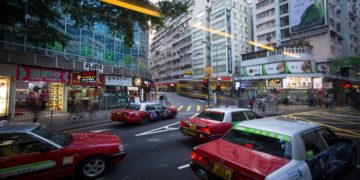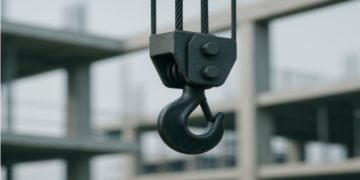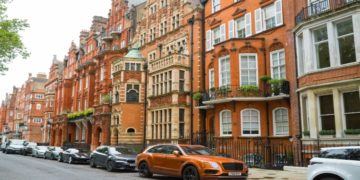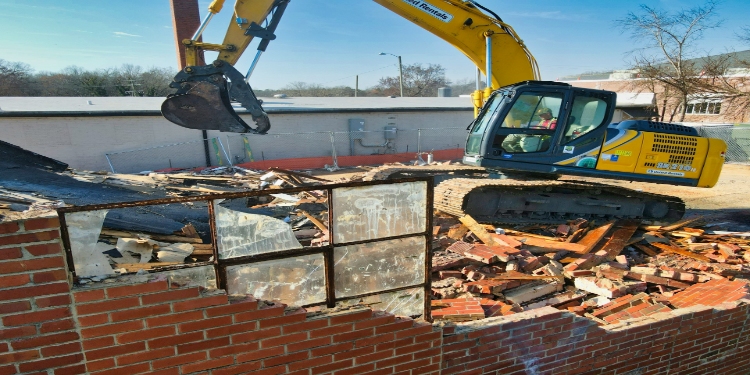Cities are made up of layers. There are signs of earlier civilisations in the ground under the streets, sidewalks, and buildings that are being created. There are still relics of these civilisations’ daily lives, buildings, and cultures. This hidden world is the focus of urban archaeology, which examines artefacts and structures that are buried in cities. Archaeologists frequently employ damage to attain these strata. Taking buildings apart in a planned manner allows us to examine what came before, which can help us understand how cities have evolved and remained the same. This is accomplished by showing choices.
Due to several redevelopment projects, demolition services in Manchester have expanded beyond simply clearing. To protect structures that are important to culture, contractors and archaeologists must carefully dismantle them. Before building new foundations, this partnership enables the responsible excavation, protection, and documentation of historical remnants. This is a way to murder without being picky.
Scientific Research: Accuracy Is Important
Urban archaeology demands meticulousness. Unsafe destruction could erase thousands of years of history in seconds. A contractor would find this straightforward. Selective disassembly, gradual removal, and controlled excavation are crucial. Demolition teams carefully remove the building’s layers to ensure safe access to its history.
This meticulous approach resembles surgery. Sections of a building are removed in stages to expose soil layers, historical foundations, and artefacts for investigation. This is an alternative to demolishing. Thus, archaeologists can appropriately document their findings. Thus, cities’ growth, movement, and evolution can be retained.
Safeguarding the Past and Advancing into the Future
Keeping the history while modernising cities is difficult. Cities need new infrastructure, housing, and business districts, but they shouldn’t forsake their heritage. Precision deconstruction reconciles these competing needs. If a building is built atop Roman ruins, a demolition crew may remove the rubble layer by layer, allowing archaeologists to intervene and examine the remains. This is possible provided the rubble is removed properly. Demolition contractors slow down to separate the past from the present. Progress doesn’t damage memory when done simultaneously.
Everyone Is Responsible
Communication and trust are essential for accurate archaeological research. The demolition teams and archaeologists depend on one another to identify and preserve fragile artefacts. Both jobs depend on each other despite variances. This shared obligation demonstrates that cities are both historical and vibrant. The dedication reflects human history. Civilisations use demolition workers to preserve the past, thus, rebuilding includes constructing new things and learning. Team destruction accomplishes this.
Finding Continuity in Changes That Happen at the Same Time
One unusual aspect of urban archaeology is that the demolition of buildings can reveal new insights. Every foundation discovered and wall demolished may reveal the identities of individuals long absent, yet nonetheless linked to the present. We can see that human history is embedded in the ground we walk on, as evidenced by the discovery of broken bricks and forgotten antiquities beneath cities. People have found these things in cities.
As a result, demolishing a building is more than just a necessity. It connects different times and reminds us that thinking should always be a part of regeneration. While they are being torn down, modern cities learn from their past and get ready for the future. This is done carefully and correctly.
David Prior
David Prior is the editor of Today News, responsible for the overall editorial strategy. He is an NCTJ-qualified journalist with over 20 years’ experience, and is also editor of the award-winning hyperlocal news title Altrincham Today. His LinkedIn profile is here.











































































